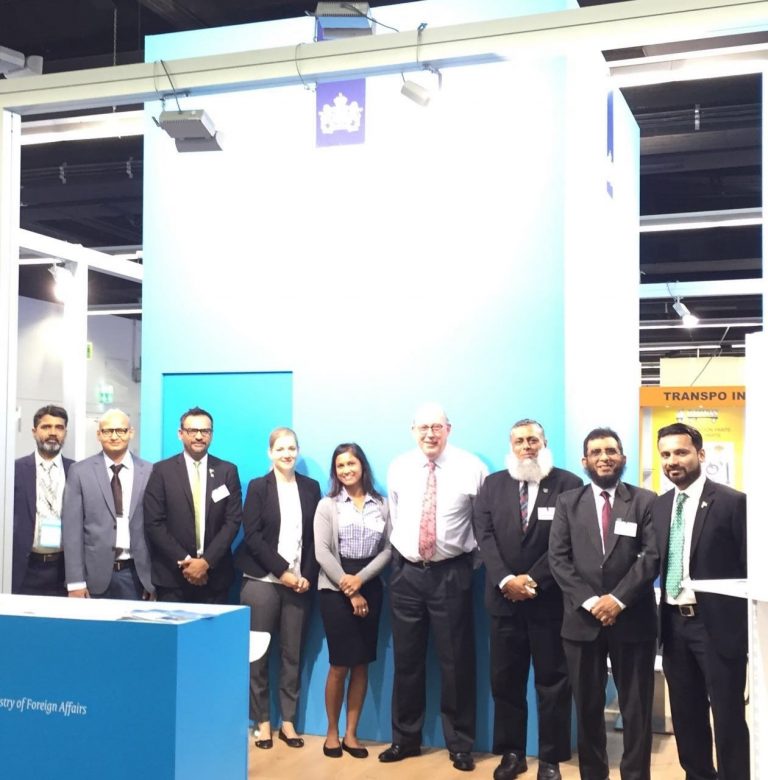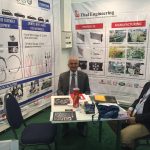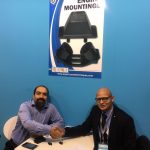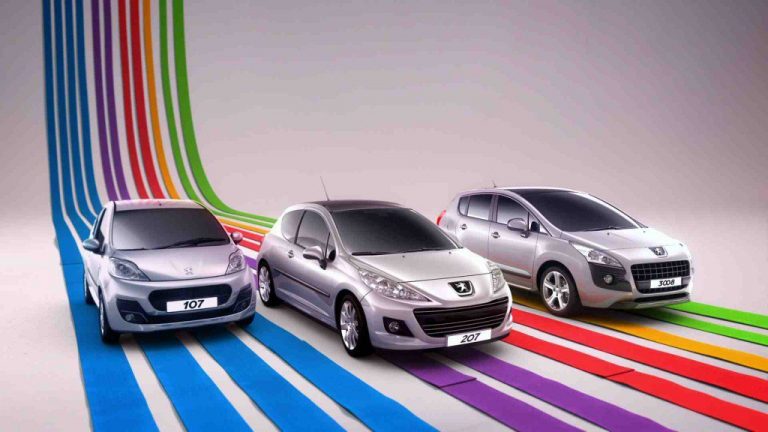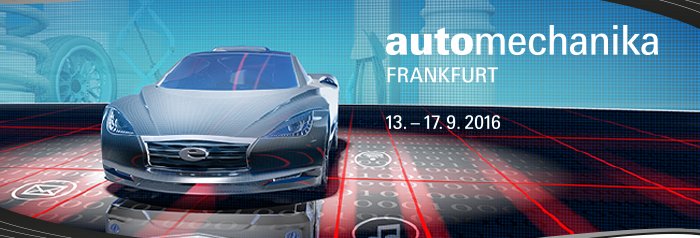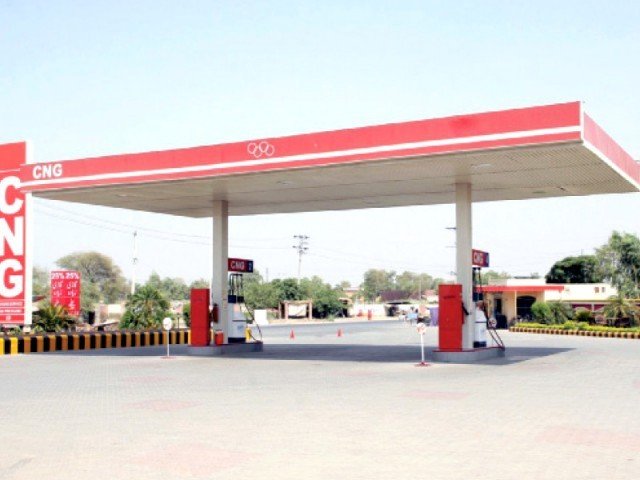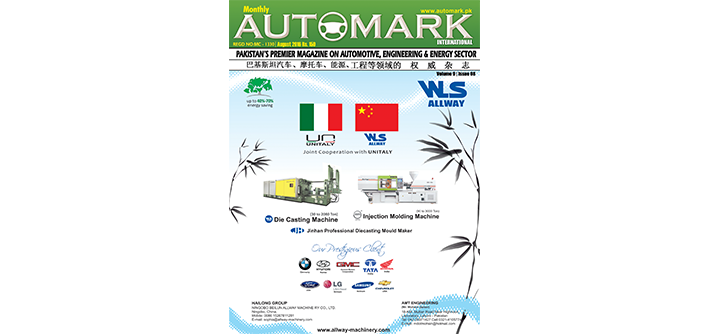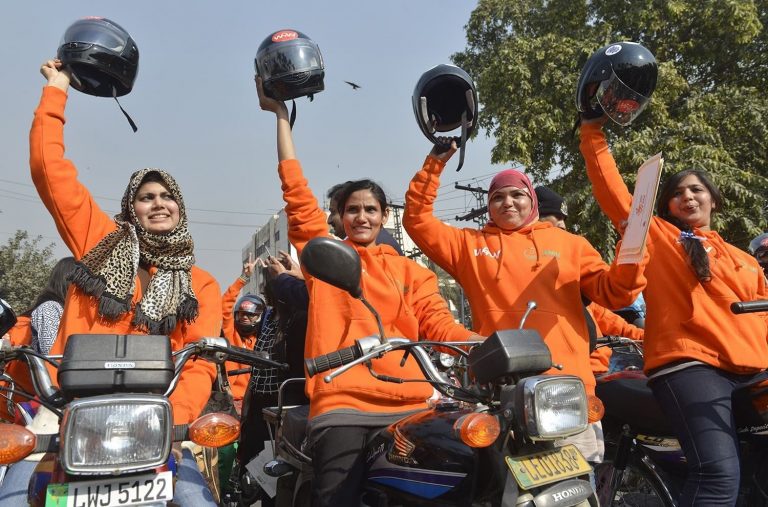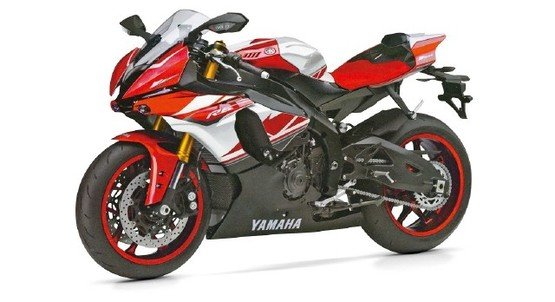At last long awaited ‘Automobile Development Policy 2016-21 is announced. It will certainly pave the way for new international vehicles manufacturers to enter in the Pakistani market. This will create a healthy environment of competition in the local industry.
The new automobile policy will offer tax incentives to new entrants in order to help them to establish manufacturing units in Pakistan and effectively compete with the existing three assemblers, who are operating since the early 90s.
A major incentive for the new investors is reduced 10% customs duty on non-localized parts for five years against the current 32.5%. For investors, the duty will be slashed by 2.5% to just 30% from the new fiscal year of 2016-17.
Beginning from July, the localized parts can be imported by the new entrants at 25% duty compared to the current 50% for five years. A single duty rate will be applied to the localized and non-localized parts after five years of the new policy. The present duty structure will continue for seven years for the new investors. For existing players, the duty on import of localized parts will be brought down to 45% from the new fiscal year.
The government has allowed one-off duty-free import of plant and machinery for setting up an assembly and manufacturing facility. It has also permitted import of 100 vehicles of the same variants in the form of completely built units (CBUs) at 50% of the prevailing duty for test marketing after the groundbreaking of the project. This is called green field project. The definition of new investor has again been changed to deny certain benefits to the existing auto players.
Greenfield is now defined as “installation of new and independent automotive assembly and manufacturing facilities by an investor for the production of vehicles of make not already being manufactured in Pakistan.” For the revival of sick or non-operational units, the non-localized parts can be imported at 10% and localized parts at 25% duty for three years. This is called Brownfield project. The government has included the word ‘make’ and deleted the word ‘assembled’. It has defined ‘make’ as “any vehicle of whatever variant produced by the same manufacturer.”
The present stakeholders in the Pakistan automotive industry are not happy with the new policy. Pak Suzuki, the largest car maker in terms of market share, calls the policy a “disaster”. A spokesperson for Pak Suzuki, said that “The government is requesting auto companies to come and invest in Pakistan. On the other hand, it is not giving equal incentives to the existing players who are ready to invest billions of rupees.”
Two key players in the automobile industry – Indus Motor and Pak Suzuki Motor Company – have challenged some clauses of the new auto policy and got a stay order from the Sindh High Court against its implementation, indicating they are not immediately inclined towards offering technologically improved and cheaper vehicles. According to the new auto policy, Indus Motor was to install immobilizers in its XLI (basic) variants, Suzuki in Cultus and Mehran models and Honda Atlas Cars in the City variant. However, the carmakers have refused to install the immobilizers immediately, arguing it is not possible for them to complete the task in a short time. They require six months to one year as vehicle engines need to be changed for putting in place the anti-theft device.
An effective auto policy should do two things for a country; increase employment and industry by increasing the manufacturing sector, and of course, allowing for increasing sales and increasing the volume of cars bought by the public, which ideally should be cheaper and of better quality. The local plants of Japanese companies such as Toyota Honda and Suzuki do their part in employing a sizable workforce, but a large part of the current demand for automobiles rests on the shoulders of the second-hand import dealership business, which is not labor-intensive. The government resisted changes to the import of used cars to Pakistan. Additionally, the government has offered new entrants duty-free import of their entire plant and machinery among other benefits.
At the end of the day, it is important to remember that more cars do not solve the problem of transportation across the country. Rural areas still have a very limited number of private cars present, and of course the average citizen cannot even afford any form of personal transport. Looking beyond city centers, one can see that Pakistan’s infrastructure is still not completely ready to take on a sudden influx of thousands of new cars that might be injected into the market if the pricing policy of the new entrants is competitive. While the regime looks to invite new manufacturers, the interest displayed by the companies themselves can be termed lukewarm at best. While a lot of demands have been heard and catered to, important issues such as setting the definition for a medium-knocked down unit have been left out of the policy. With the policy in place, the time has arrived for the government to consider practical issues, and ensure that as promised, new competition not only enters the market, but gives a fight to the old established players.
New auto policy do not focus on technology transfer. In my point of view some special incentives should be offered for technology transfer. It may be noted that still auto industry of Pakistan is restricted to the assembly work. Not a single company is producing the components of the following critical and functional parts.
- Engine
- Transmission
- Gear Box
- Axles
- Ignition System
- Clutch System
- Braking System
- Motors etc
- Wind Serene & Door Glasses
Japanese companies are working in Pakistan since 90’s but they are doing only welding, painting and assembly. Now it is the time that some of the above mentioned component manufacturing should start in Pakistan whatever the facilitation and incentive required should be provided through new auto policy, even to the old players, for real technology transfers specially for the local assembly and manufacturing of the above mentioned components.
Exclusive written by Anwar Iqbal for Monthly AutoMark Magazine, published in September-2016 printed edition
